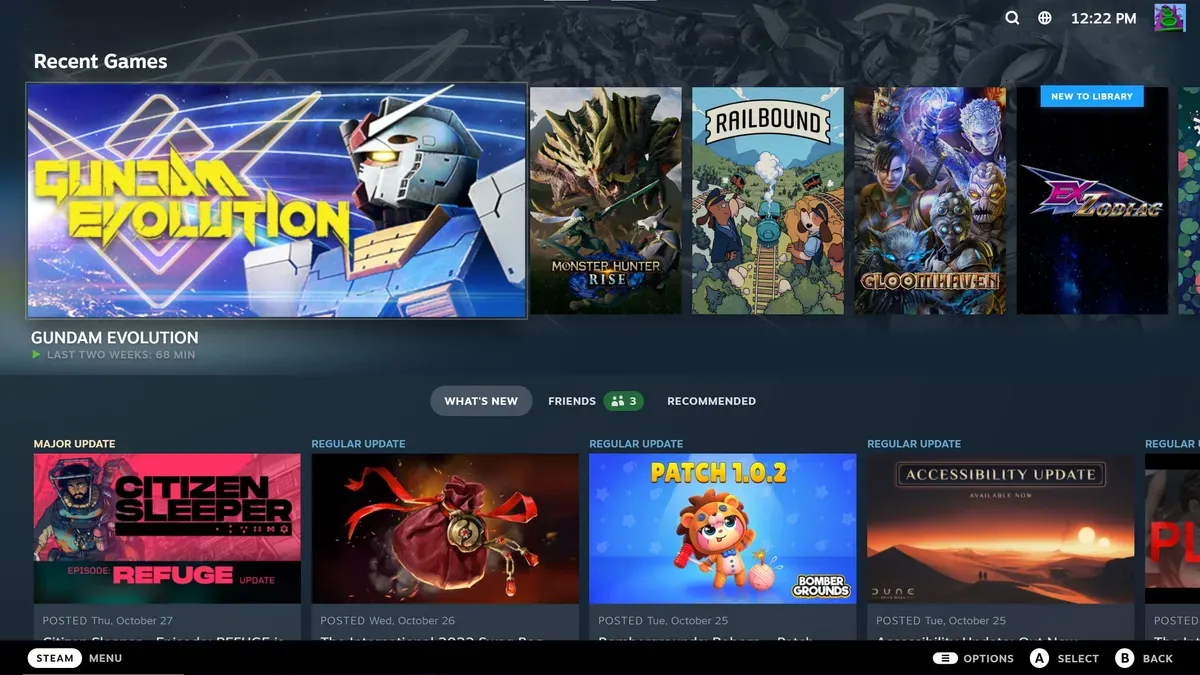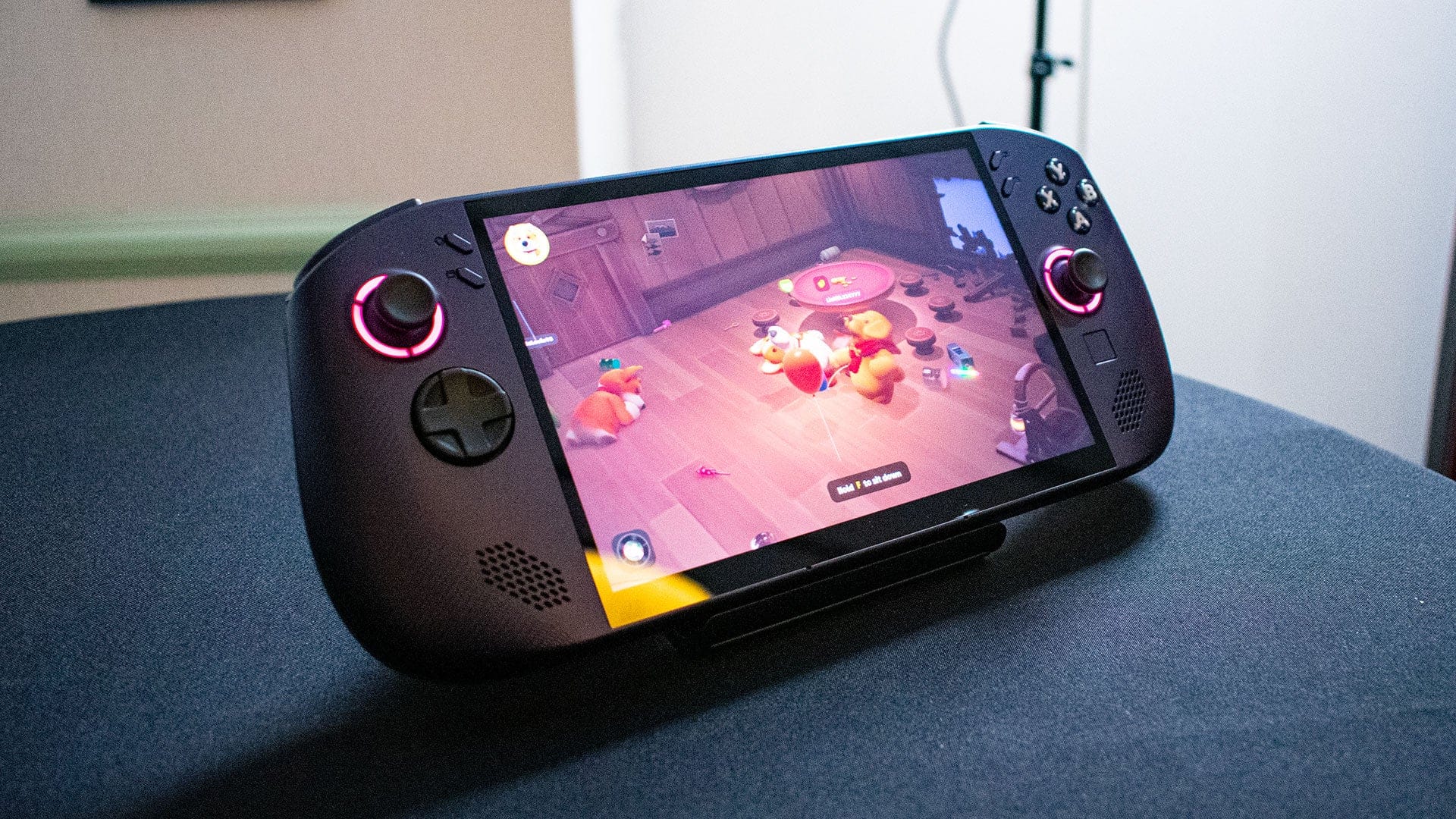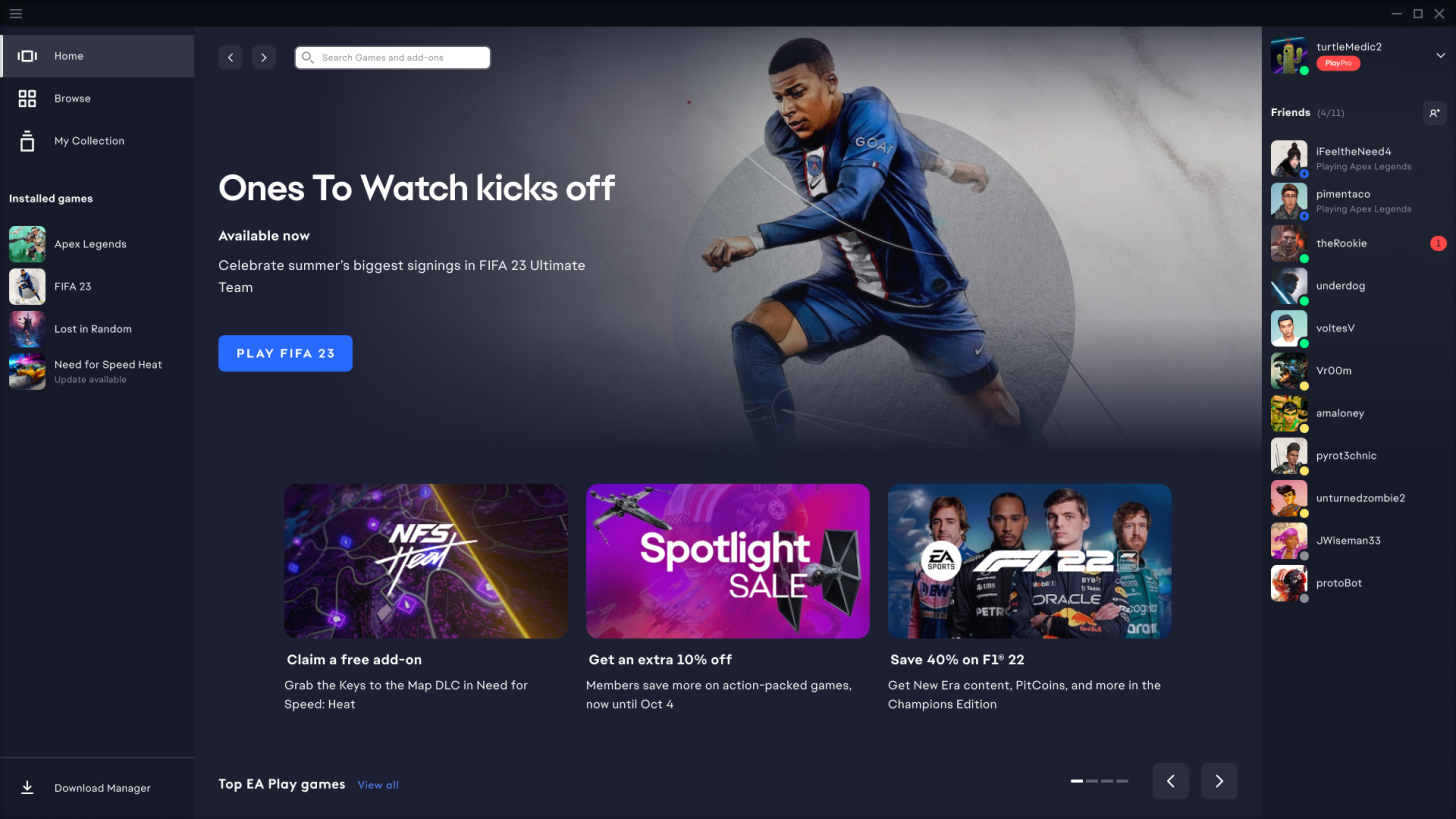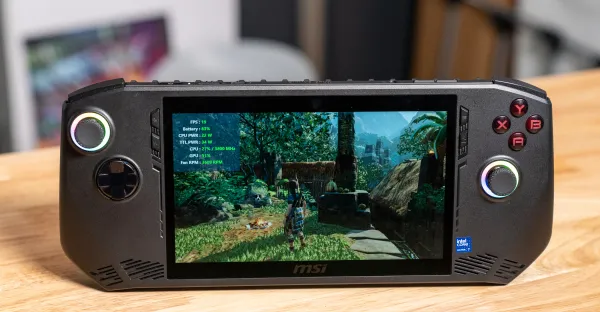Valve is letting you install SteamOS on your handheld PC

Is this finally the year of the Linux operating system?
If you are remotely connected to the gaming industry, you’ve probably heard of the Valve Steam Deck, the handheld PC that changed the gaming industry. Its battery life, great performance for the size, and good software made it one of the most influential handheld PCs. However, what stood apart about the Steam Deck from its competitors was that it ran Linux – specifically, a Valve modified version of Linux called “SteamOS”. Its clean design and ease-of-use was stand-out in a world of Windows handhelds that were not, in fact, easy to use. Now, its amazing software is being brought to other handheld PCs, like the Lenovo Legion Go, and the ROG Ally. So, why is this important, why is Valve doing this, and why could it possibly be a bad decision overall?

SteamOS, plain and simple, is a Linux-based operating system that is specifically designed to work best on handheld PCs. It is directly modeled after the Steam Big Picture feature that is already on the desktop Steam app. Big Picture mode allows Windows PCs to have a simpler interface for launching and playing their video games, and it's great for something like a Media PC that is not designed to sit right in front of your face. In fact, it's also what a lot of Windows handheld PC users tend to use to make their experience using their devices like the Lenovo Legion Go and the ROG Ally easier.
The great thing about Steam Big Picture mode is that it still runs on Windows, it just looks nicer. This means that all of the Windows compatible games still work on it, it is just easier to navigate. The downside is that Windows was not necessarily made to work on a small screen with just a controller and no mouse and keyboard. This means that even when using Steam Big Picture mode, it is still frustrating to use because of the Windows animations and the system settings and preferences not being in Big Picture mode.

For example, when trying to update the device, you have to navigate out of Big Picture mode into the Settings app in Windows, which is already a nightmare to use, putting aside the use of no keyboard and mouse.
Microsoft says that they are building a handheld focused OS/version of Windows for handhelds, but it's not out yet and we aren't sure what it will look like yet.

So, what a lot of users have wanted to do is to use SteamOS on their Windows handheld PCs instead. This is something that Lenovo clearly heard because just today, they released Lenovo Legion Go S, a handheld that runs off of Valve's operating system. It still runs the AMD Z1 Extreme SoC that basically everyone has in their handheld now. It has 32 GB of LPDDR5X memory, either 512GB or 1TB of fast, NVMe SSD storage, and is priced at $829. However, because it runs SteamOS, it will have a much more user friendly interface.
The other stand out news is that Valve released instructions on how to install SteamOS onto other handhelds and PCs, so long as they are AMD-powered and have an NVMe SSD. Valve says that they are "continually working to improve compatibility with other devices" and to know that "support for all devices that is not officially 'Powered by SteamOS' is not final (currently anything that is not a Steam Deck or Legion Go S)."

The issue that I see with this is that, because these run Linux, not all of the games will work on it that do on Windows. For example, I wanted to get a Steam Deck, but because it can't run either Madden, or Battlefront II, I just can't pull the trigger. Yes, not everyone is playing EA games, but other, smaller indie games are also not necessarily on Linux yet.
However, the fact that Lenovo is bringing SteamOS to the Legion Go S means that developers will start wanting to write their games for Linux more. The fact that more and more handhelds will be running SteamOS means that more people will be using them, so more games will be developed for them. It's still a long way off from the year of the Linux desktop and until every game works with Linux, but it might be closer than we think.



